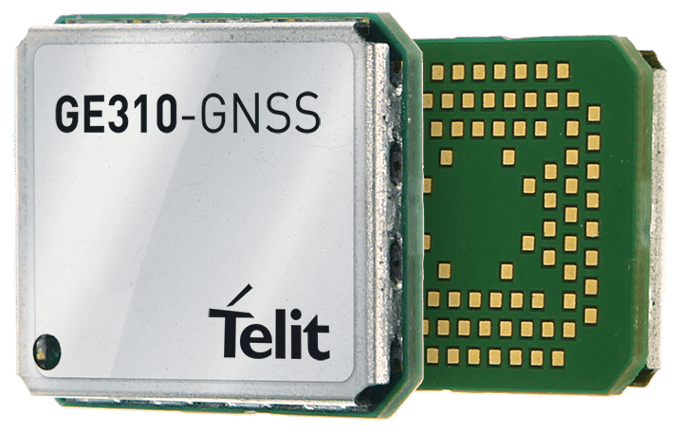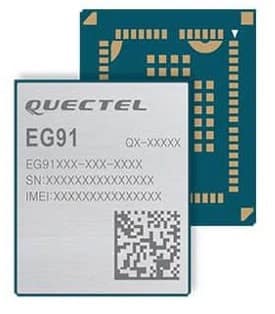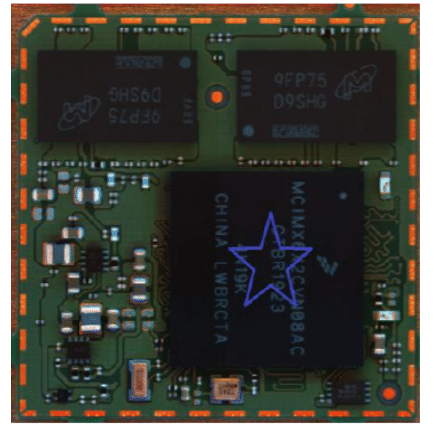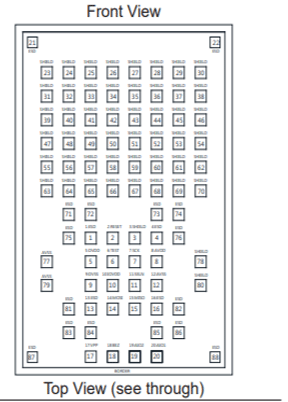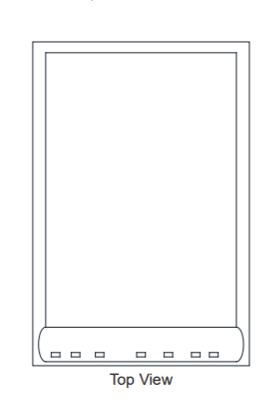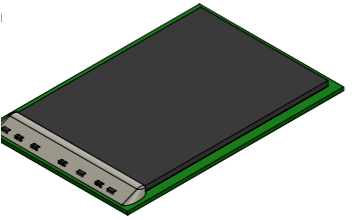The electronics manufacturing industry is a powerhouse of innovation, constantly pushing the boundaries of miniaturization, performance, and efficiency. But in this ever-competitive landscape, manufacturers are seeking new ways to optimize processes, reduce costs, and accelerate product development. Enter generative AI, a revolutionary technology poised to transform the electronics manufacturing landscape. In this blog you will learn how Generative AI can be used in electronics manufacturing.
Generative AI, unlike traditional AI focused on analysis, excels at creating entirely new data or content. This unique ability unlocks a treasure trove of possibilities for electronics manufacturers.
Revolutionizing Quality Control
Flawlessly inspecting intricate electronics components is a significant challenge. Generative AI can create vast amounts of synthetic data depicting various defects on PCBs (Printed Circuit Boards). This data can then be used to train deep learning algorithms for visual quality inspection (VQI) systems. These AI-powered systems can identify even the subtlest anomalies with superhuman accuracy, significantly improving product quality and reducing scrap rates. . Landing AI is a company that makes building Computer Vision applications using Generative AI very easy.
Predictive Maintenance for Maximum Uptime
Unplanned equipment downtime can cripple production schedules and eat into profits. Generative AI can analyze sensor data from machines to identify subtle patterns that signal potential failures. By predicting these issues before they occur, manufacturers can schedule proactive maintenance, minimizing downtime and maximizing equipment lifespan. Read about the 100 top predictive maintenance companies here.


Optimizing the Power of Digital Twins
Digital twins, virtual replicas of physical systems, are becoming increasingly valuable for electronics manufacturers. Generative AI can take digital twins a step further. By creating realistic simulations of various production scenarios, manufacturers can identify bottlenecks, test new configurations, and optimize production processes without ever disrupting the actual assembly line. Jensen Huang the CEO of Nvidia mentioned Digital Twins as one of the key use cases of AI in manufacturing in his keynote at GTC 2024. You can read about what Nvidia is doing to enable Digital Twins here.
Design Innovation at Warp Speed
The traditional product design process can be slow and iterative. Generative AI can act as a powerful design assistant. By analyzing existing product data and user preferences, generative AI can suggest entirely new design concepts or variations, accelerating innovation and helping manufacturers bring products to market faster.


A New Era of Supply Chain Management
The complex and dynamic nature of electronics supply chains can lead to disruptions and shortages. Generative AI can analyze historical data and market trends to predict potential supply chain issues. This foresight allows manufacturers to proactively secure critical components and adjust production plans, ensuring a smooth flow of materials and a timely delivery of finished products.
The Generative AI Advantage
Beyond these specific use cases, generative AI offers several advantages for electronics manufacturers:
- Increased Efficiency: Generative AI automates tasks, streamlines processes, and optimizes decision-making, leading to significant efficiency gains.
- Reduced Costs: Improved quality control, predictive maintenance, and optimized production processes all contribute to substantial cost savings.
- Enhanced Innovation: Generative AI accelerates product development and fosters a culture of innovation within manufacturing teams.
- Improved Sustainability: By optimizing resource utilization and minimizing waste, generative AI can contribute to more sustainable manufacturing practices.




















